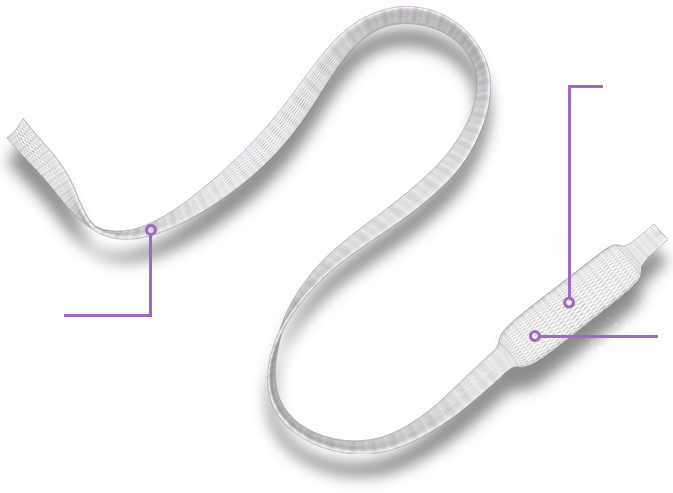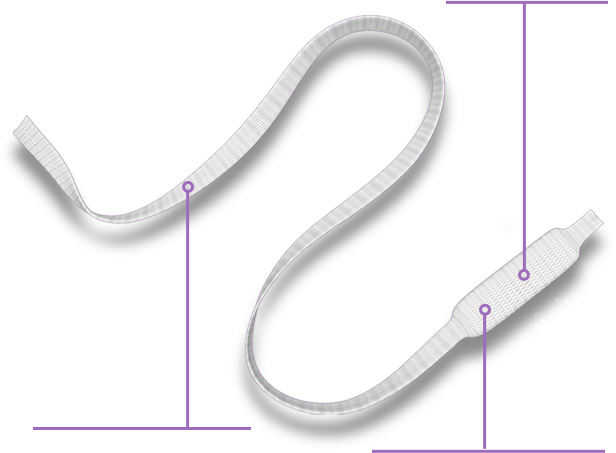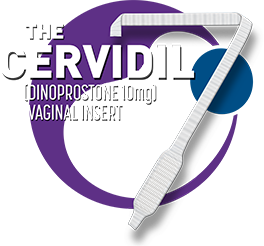Intended for U.S. Healthcare Professionals
Expecting Moms
The One and Only2
CERVIDIL is the1:
- FDA-approved insert for cervical ripening
- Single-dose cervical ripener
- Retrievable insert with a half-life of 2.5 to 5 minutes
- Controlled-release formulation
Giving you cervical ripening control at your fingertips—
from administration to retrieval.
Giving you cervical ripening control at your fingertips—
from administration to retrieval.
Designed for Cervical Ripening
Easy to insert and remove1:
CERVIDIL is a thin, flat, polymeric slab which is rectangular in shape with rounded corners contained within the pouch of an off-white knitted polyester retrieval system.
Long tape
retrieval system
allows CERVIDIL to be
easily removed anytime
Dinoprostone-
infused insert
is placed in the posterior fornix of the vagina
Controlled
release
of dinoprostone from insert slab for up to 12 hours


Safe and Effective
For Cervical Ripening

Everything you need to know about CERVIDIL in 1 click

Take the challenge!
What is the half-life of dinoprostone, the active ingredient in CERVIDIL?
